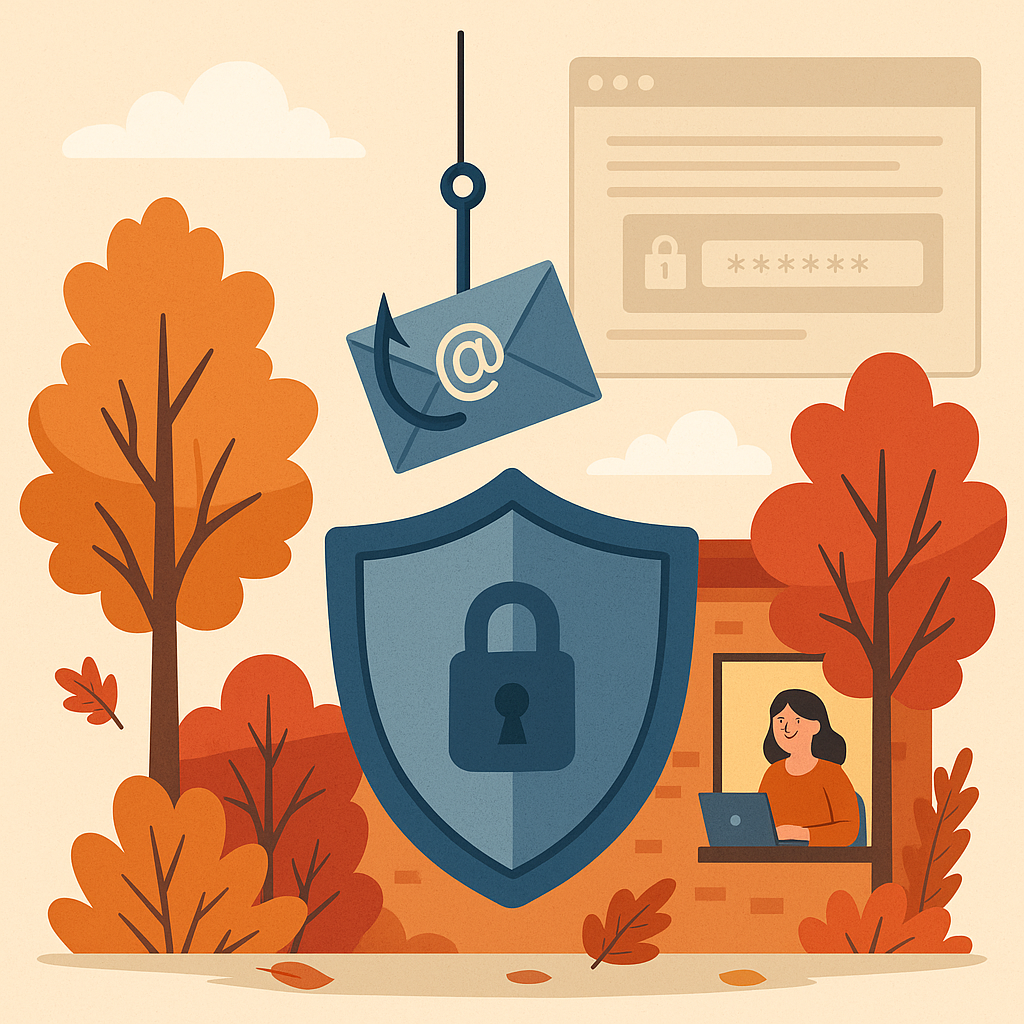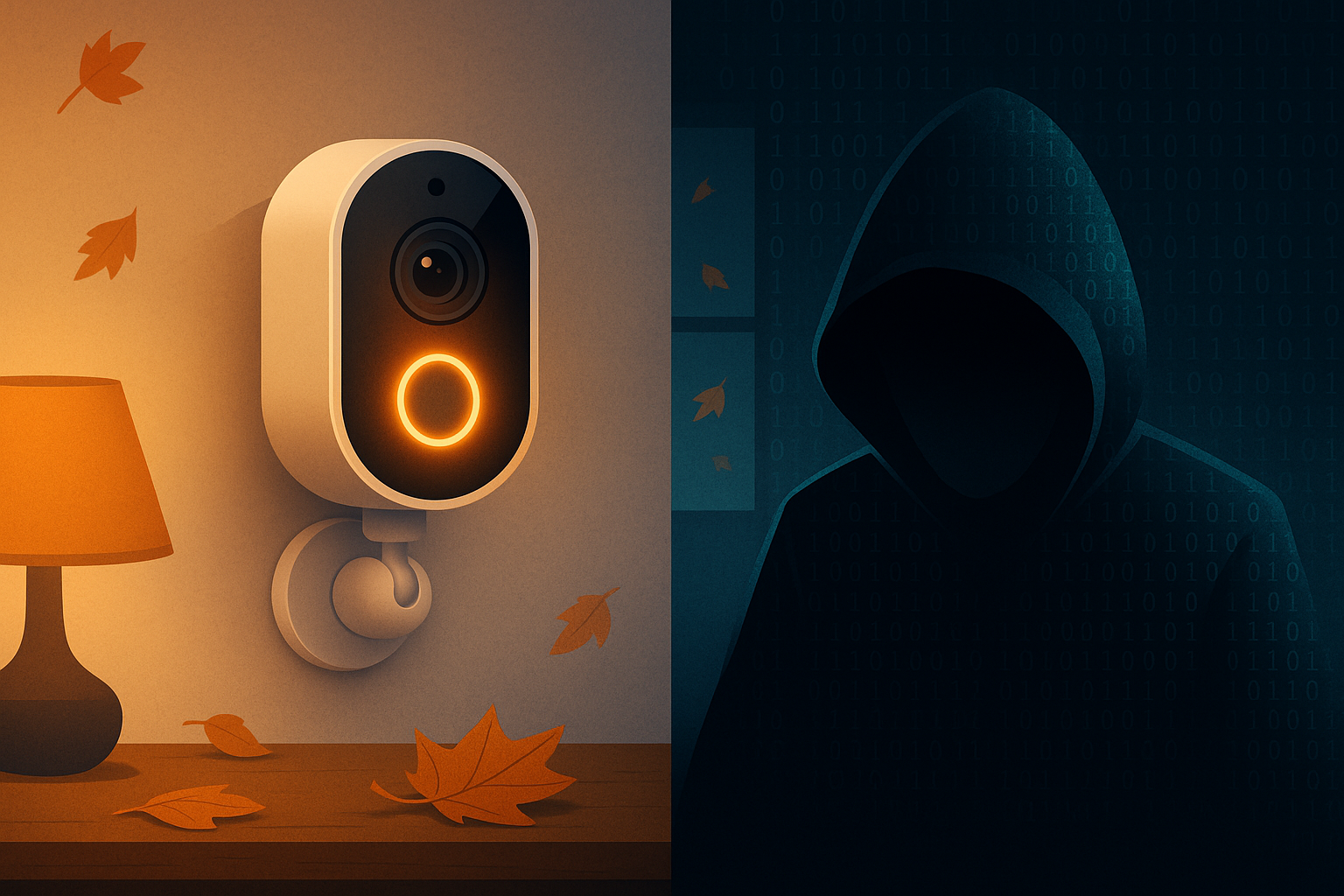The Spooky Side of AI: What’s Lurking in Senior Care
The rapid rise of artificial intelligence has brought us many blessings—faster systems, smarter tools, and new possibilities for resident care. But like any powerful technology, AI also has a darker side. And in senior care, where trust and safety matter most, we can’t afford to look away. Let’s take a calm, clear-eyed look at what’s truly worth watching.
1. Deepfakes in Zoom Meetings? It’s Happening.
Imagine logging into a Zoom meeting and seeing familiar faces—your CEO, your compliance director—only they’re not really there. Deepfake technology allows bad actors to mimic real people with alarming accuracy. One recent case involved a staff member tricked into downloading malware after a fake leadership team (created with AI) gave them instructions. Look out for odd lighting, frozen expressions, or voices that seem just a little “off.”
2. AI-Powered Phishing Is Smarter Than Ever
Gone are the days of spotting phishing emails by typos and broken grammar. AI can now craft near-perfect emails that mimic real senders and even use local language or urgent tones. Your team may not even know they’ve been fooled until it’s too late. Multifactor authentication (MFA) and strong awareness training are your best allies here. Teach staff to pause before clicking—especially when the message feels urgent.
3. Fake “AI Tools” That Trick Your Staff Into Downloading Malware
In their excitement to try the latest AI helper or free software, staff may unknowingly download malware. We’ve seen TikTok videos promoting cracked AI tools that end up infecting systems. These apps often look legitimate—but beneath the surface, they open the door to ransomware or data theft. Always have your MSP review new tools before using them. If it sounds too good to be true, it probably is.
Shine a Light: How to Defend Your Facility
AI doesn’t have to be scary. The truth is, with the right partner and practices, you can stay one step ahead. Here’s what I recommend for every senior care leader:
· Enroll staff in monthly phishing awareness training.
· Use MFA for all systems that store resident or financial data.
· Have your cybersecurity provider vet any new software tools.
· Keep a HIPAA-compliant incident response plan up to date.
And most importantly, don’t carry this burden alone. Find a partner who understands senior care, not just IT.
Let’s Put the Fear Behind You — Together
You don’t have to become a cybersecurity expert. You just need someone who listens, cares, and knows what to do next. If your facility needs help shining a light on the shadowy side of AI, we’re here to help. One step at a time.
https://www.bouncebacksolutions.com/contact
info@bouncebacksolutions.com
763-335-9255
















